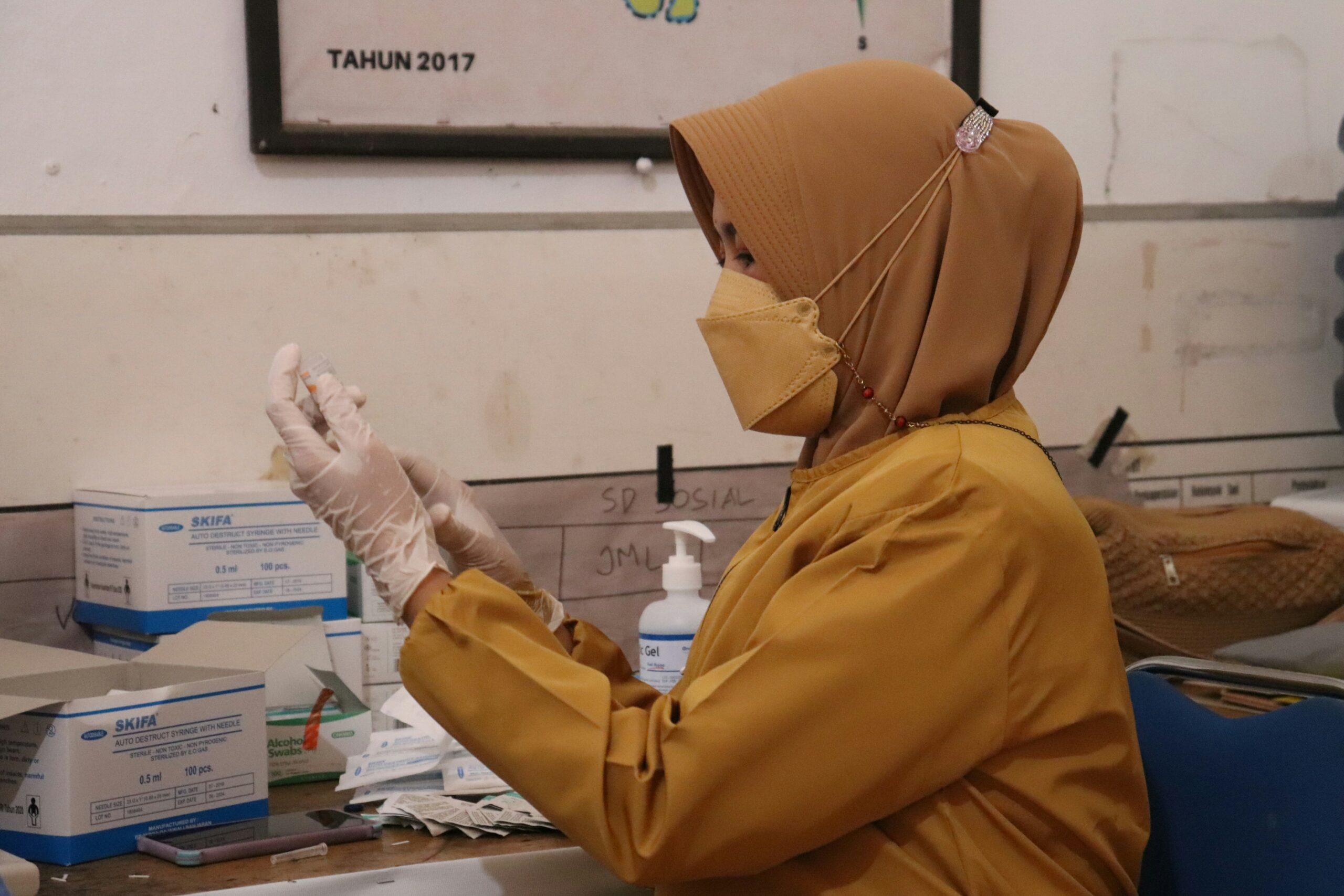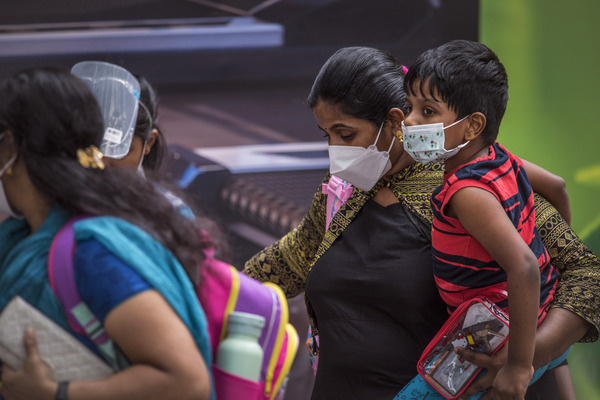Malaysia is an upper middle-income country in Southeast Asia with a population of 33.6 million in 2021[1]. The country has made remarkable progress in reaching universal health coverage with high government subsidies through public health facilities since 1980s. Malaysia spent 3.8 % of GDP[2] and government health expenditures accounted for 52.2 % of current health expenditure in 2019[3]. Out-of-pocket expenditure was relatively high at 34.6 % of current health expenditure in 2019.
Health protection and benefits for the needy population
Financial sustainability of the health system
[1] World Bank Group, Population, total – Malaysia
[2] World Bank Group, Current health expenditure (% of GDP) – Malaysia
[3] World Bank Group, Out-of-pocket expenditure (% of current health expenditure) – Malaysia
[4] World Bank Group, Catastrophic out-of-pocket health spending
[5] Protect Health
[6] The Edge Markets



